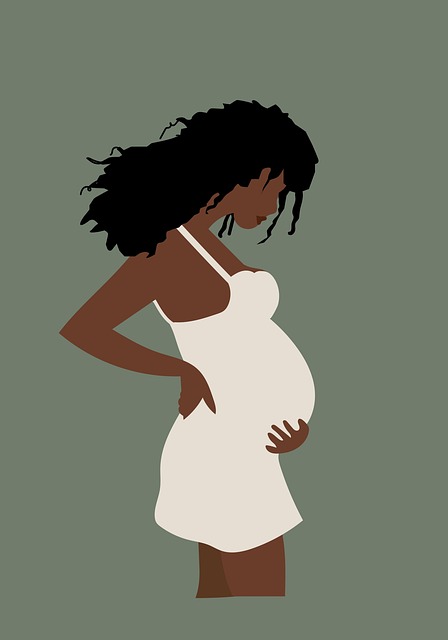Hey friends! So, let’s chat about a topic that’s been buzzing in the air—marijuana use during pregnancy and breastfeeding. It’s been a hot-button issue lately, especially with the rise in legalization across the country. Just three years ago, I wrote a post on this topic, and it became the most visited blog on our site. Back then, only a couple of states had legalized recreational use; now, 29 states have either medicinal or recreational use laws in place, with different regulations on amounts.
It’s crucial to note that the FDA hasn’t approved cannabis as a medical treatment, meaning it hasn’t gone through the rigorous testing required for safety and efficacy. However, there are a couple of FDA-approved medications that contain synthetic forms of marijuana, like dronabinol and nabilone, which are used for nausea from cancer treatments. Unfortunately, we don’t know how safe these are during pregnancy since they haven’t been tested in that context.
Interestingly, the use of marijuana among pregnant women is on the rise, whether they realize they’re pregnant or not. One survey found that around 3.85% of pregnant women reported using marijuana in the past month in 2014, a jump from 2.37% in 2002. Other self-reported studies suggest the number could be between 5-8%. Our information service has also seen a spike in inquiries from pregnant and breastfeeding women wanting to know more about continuing marijuana use. That’s why we’ve organized discussions with experts to dive deeper into the latest research.
Key Questions Surrounding Cannabis Use During Pregnancy
So, what are the big questions surrounding cannabis use during pregnancy? For starters, we know that substances in the mother’s bloodstream can reach the developing baby, and we need to understand the differences in how cannabis is absorbed based on whether it’s used topically, ingested, or smoked. It’s also important to know the risks associated with each method of use and how often it’s used. For instance, what are the risks if a pregnant woman smokes pot daily compared to just once a week?
Previously, specialists like me focused on birth defects, but now we’re also concerned about the long-term effects on brain development. We need more studies following children exposed to marijuana in utero to assess potential risks for learning and mental health issues later on.
Current studies haven’t established a clear link between marijuana use and specific birth defects like heart problems or cleft lip, but they have shown a higher risk for low birth weight, preterm births, and complications requiring intensive care. These factors can have serious long-term health implications for newborns.
The Impact of THC on Baby’s Brain
Another critical point is the effect of THC—the primary psychoactive component of cannabis—on the baby’s brain. There’s ongoing research about the potential risks of learning and mental health problems due to prenatal exposure. Also, there’s concern about THC exposure through breastmilk since the baby’s brain continues developing after birth.
We’re looking forward to sharing new findings from the upcoming conference, so stay tuned! For those exploring home insemination, check out this post about your baby’s expected arrival on March 23. If you’re interested in the tools for home insemination, you can find a comprehensive kit here. For more resources on treating infertility, this link is an excellent place to start.
Conclusion
In summary, while marijuana use among pregnant women is increasing, there’s still much we don’t know about its effects on fetal development. Ongoing research is crucial to provide clear answers for expecting mothers.

